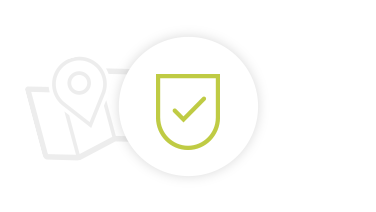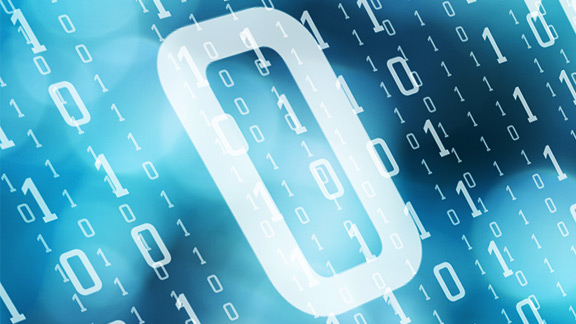After an incident such as a fire or a virus attack, a quick recovery of operations is critical. This requires a disaster recovery site that serves as a backup and can quickly replace failed systems. Services that implement disaster recovery in the Open Telekom Cloud give your company a high level of security and at the same time relieve your IT of the burden of maintaining redundant data centers. The decisive factor here is data protection: after all, a backup usually contains personal data. The Open Telekom Cloud not only complies with the European General Data Protection Regulation (GDPR), but is also under European management – and therefore not accessible to foreign authorities. What's more, its services can be configured on request to meet the German Federal Office for Information Security's (BSI) georedundancy criteria, which were tightened in 2018.
Take advantage of our consulting services!
Our experts will be happy to help you.
Hotline: 24 hours a day, seven days a week









